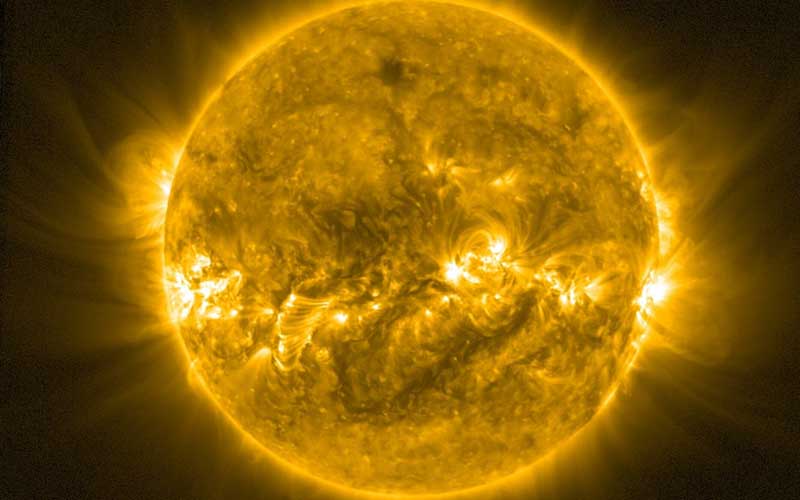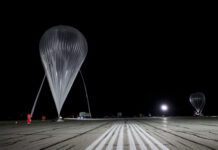
The European Space Agency has awarded a €9.8 million contract to French aerospace and defence firm Hemeria to design, build, and operate the agency’s first space weather nanosatellite.
Called Swing (Space Weather Ionosphere Nanosat Generation), the space weather nanosatellite will be tasked with monitoring the Earth’s ionosphere. This layer of the Earth’s atmosphere is of interest because of its effects on communication and navigation services.
“Understanding the behaviour of the ionosphere is crucial to building reliable navigation and communication services,” said Melanie Heil, ESA Swing project manager. “Its electrically charged particles can have a critical effect on high-precision GNSS services by causing positioning or timing errors.”
In addition to its direct application, the satellite will also, according to ESA’s head of the Space Weather Office, Juha-Pekka Luntama, “demonstrate the suitability of nanosatellites as part of a space weather system and also as a way to bring commercial industry into space weather monitoring.”
The Swing space weather nanosatellite will be based on Hemeria’s HP-IOT nanosatellite platform, which is approximately 220 millimetres wide and 500 millimetres high. The satellite will carry a radiation monitor, X-ray monitor, Langmuir probe, and GNSS RO instrument, sourced from providers in France, Finland, and Norway.
Once the satellite enters operational service in 2027, the data it collects will be utilized in space weather models to provide ionospheric weather nowcasts and forecasts. The data will also be used for scientific research on the upper atmosphere.
Hemeria will be responsible for the satellite’s design, development, launch, commissioning, and operation. Responsibility for the Mission Operations Centre, which will deliver data to ESA, has been subcontracted to the Italian space research and technology company Planetek.
Swing is expected to be launched in 2026.


